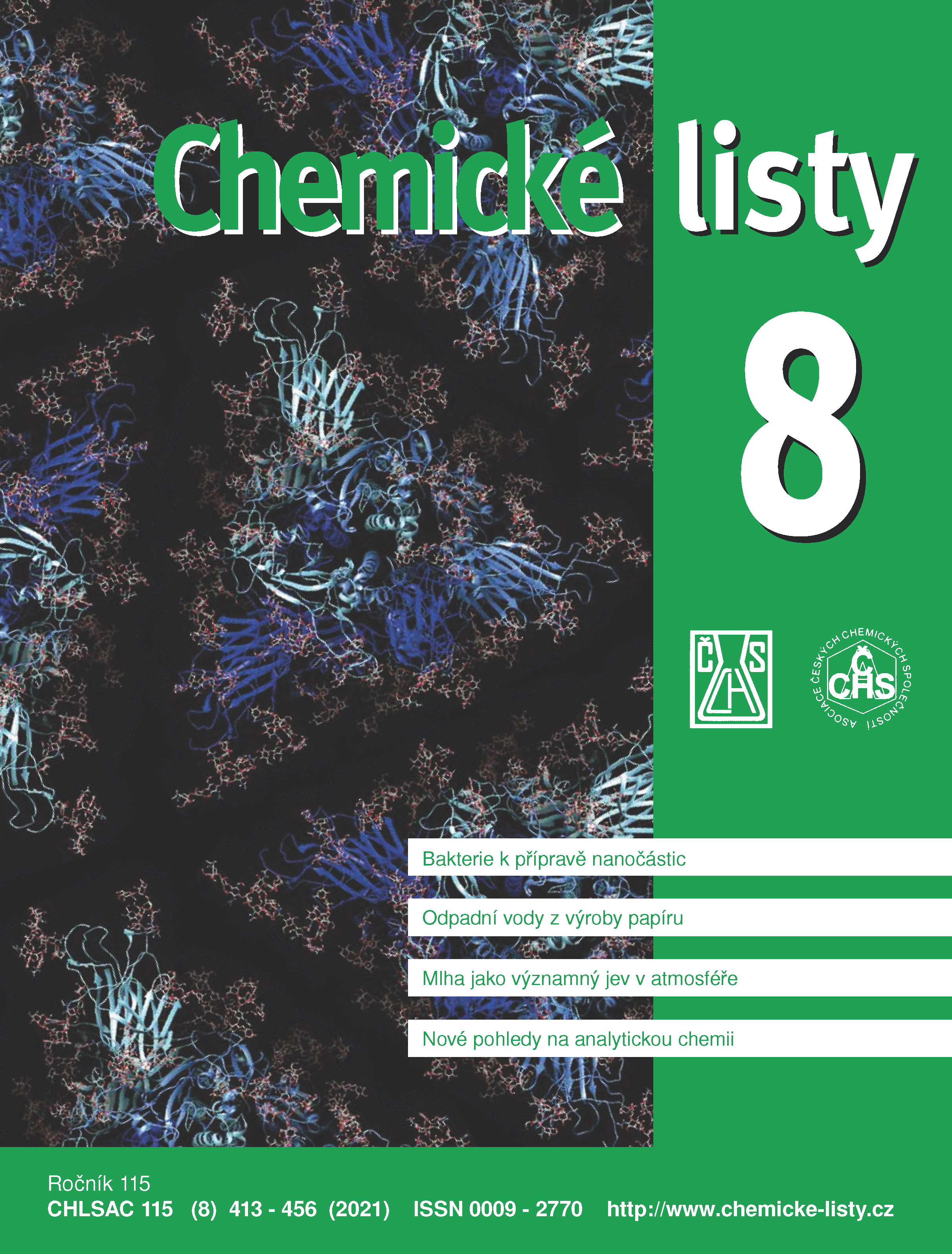Heterogenní radikálové polymerizace pro přípravu polymerních částic – 2. část
Klíčová slova:
heterogenní radikálová polymerizace, polymerní částice, nanočásticeAbstrakt
Heterogeneous radical polymerizations include several polymerization techniques allowing to prepare polymer particles from various vinyl monomers. These polymerizations, namely suspension, dispersion, precipitation, and emulsion polymerization, as well as swelling techniques, have been widely used for the lab- and industrial-scale preparation of important polymers, for example polystyrene, poly(styrene-co-divinylbenzene), poly(vinyl acetate), poly(vinyl chloride), polymethacrylates. Typical characteristics of each of the polymerizations predetermine a selection of monomer, initiator, solvent, stabilization, and define the final particle size, particle size distribution, and particle morphology. On the other hand, they also limit the utilization of the given polymerization. In the first part of the review, the basic polymerization techniques for the preparation of microparticles were described. The second part of the review is dedicated to the fundamental theoretical and practical features and specific aspects of emulsion polymerizations, which are used for the preparation of various polymer particles having their size in the nanometer range.





